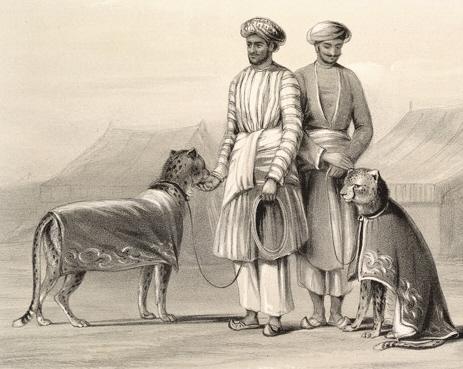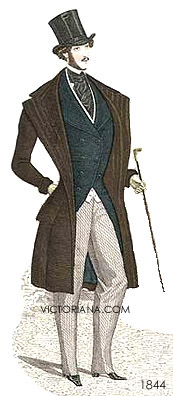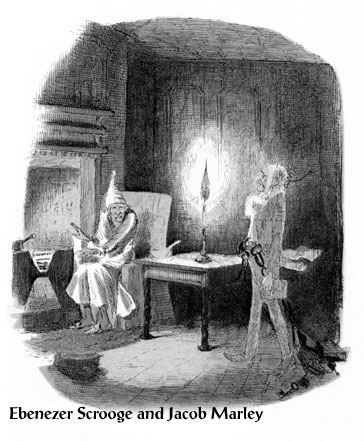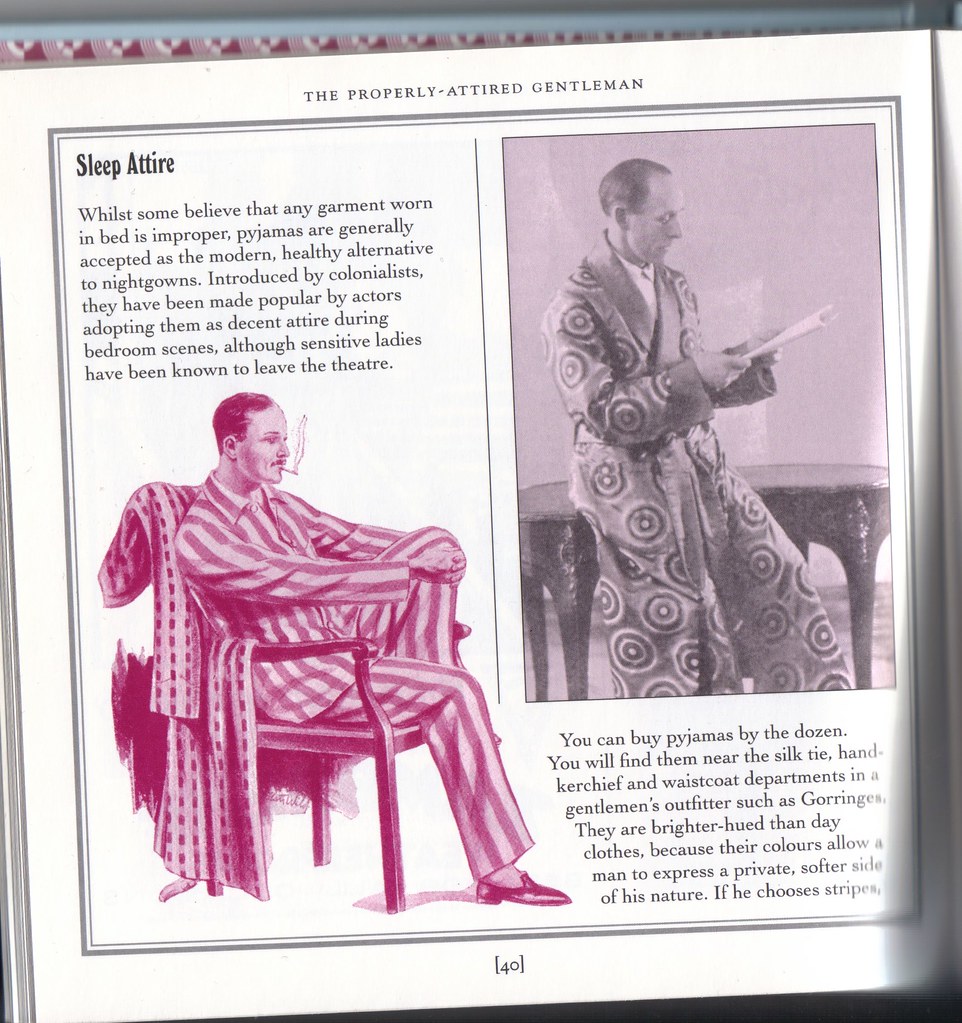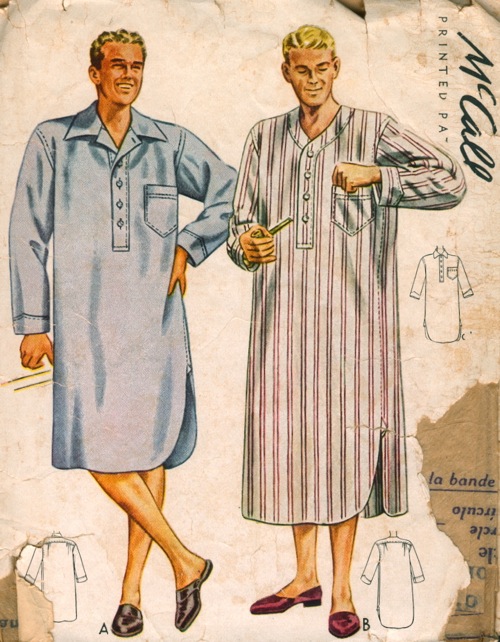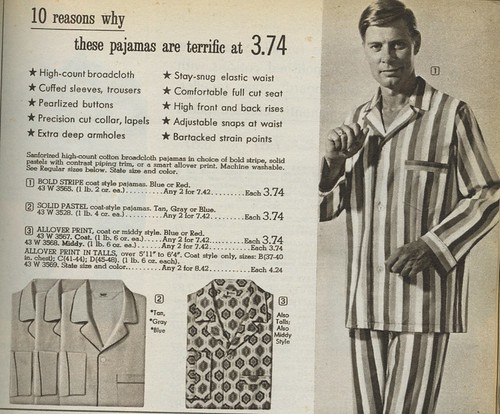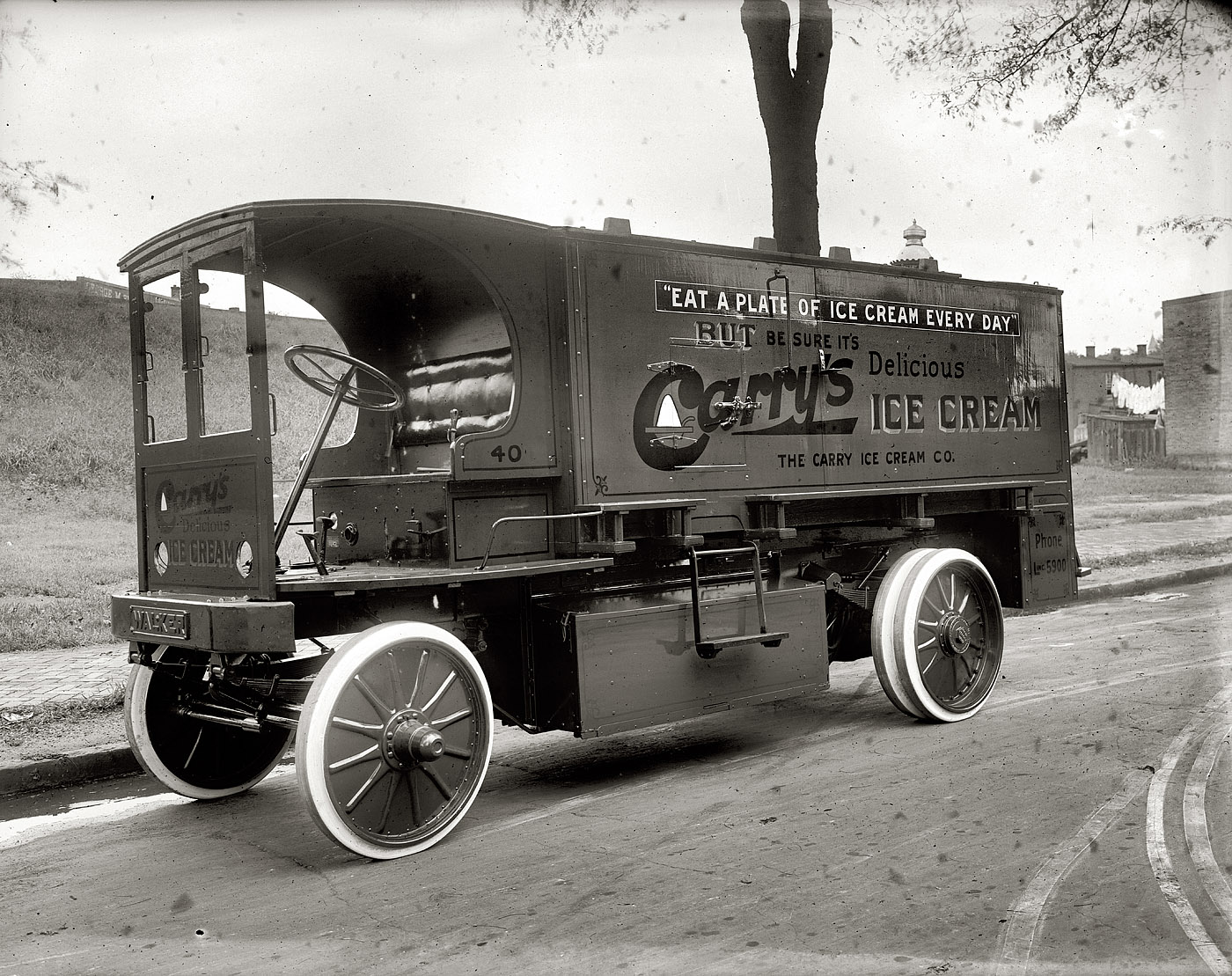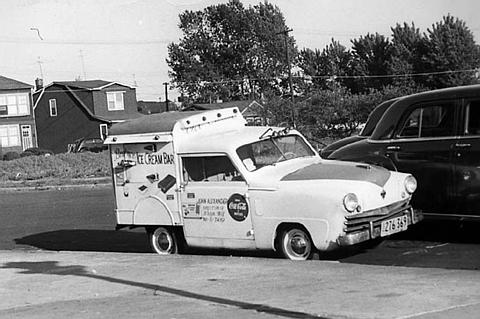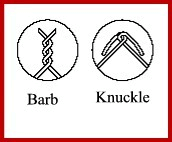
Jiabao and Jeremy Hunt watching a mini performance of Hamlet at Stratford-upon-Avon. This photo is available on lots of sites, but no one identifies any of the women in it.
(Photo from the People's Daily Online)
I found out about this from an article in the Guardian. It explains that the Chinese have been reading Shakespeare for decades, at least since 1904, and even throughout Chairman Mao's oppressive leadership. However,
there are aspects of Shakespeare that have occasionally caused unease in China. For much of the period from 1949 to the late 1970s, Shakespeare was known only through the text and any literary criticism was rooted firmly in Marxism and Leninism. King Lear was described as "a portrayal of the shaken economic foundations of feudal society" and Romeo and Juliet, "the desire of the bourgeoisie to shake off the yoke of the feudal code of ethics".
Reading Shakespeare was acceptable. Performing Shakespeare, however, was banned.
But with Mao's death and regime change in China, the ban on performing was lifted.
In the 1980s and 1990s there were hectic Shakespeare festivals in China. The 1986 festival featured 28 productions of 12 different plays within a fortnight, including the Merchant of Venice performed in English by the Arts Academy of the People's Liberation Army, Midsummer Night's Dream performed by the China Coal Miner's Drama Troupe and Othello by the China Railways Drama Group.

Macbeth performed in China as an Opera called "Blood-Stained Hands" by the Central Academy of Drama in 1980
(Photo from Stanford's Shakespeare in China)

Much Ado About Nothing performed in China by the Anhui Huangmeixi Troupe in 1986. Pictured here are Beatrice (played by Bicui) and Benedick (Bai Lidi).
(Photo from Stanford's Shakespeare in China)
Since then, the Chinese have continued performing Shakespeare with great popular appeal. The Folger Shakespeare Library in Washington, D.C., home of the world's largest collection of Shakespeare materials, has an extensive collection of stills and images of Shakespeare being performed in China.

King Lear performed as an opera called "Lear is Here," in Beijing in 2007. Here, Wu Hsing-Kuo plays Lear.
(Photo from the Folger Shakespeare Library)
The world has been Shakespeare's oyster.
Sources
Frances Wood, Why does China love Shakespeare? The Guardian, June 28, 2011
Stanford, Shakespeare in China









